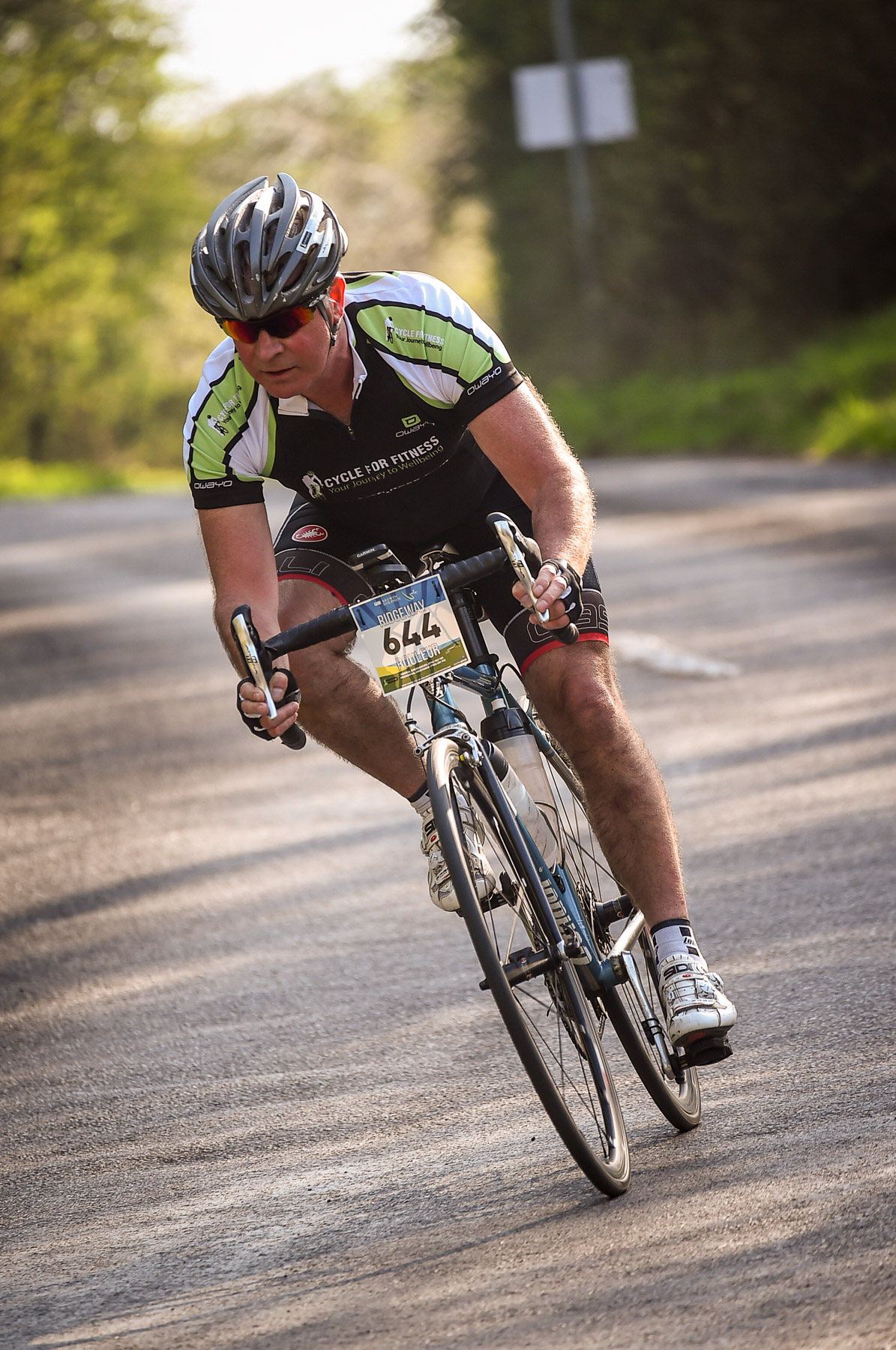The good news first. For ever hills you climb, as a rule there will be wonderful descents which you will savour and enjoy as your payback for climbing the hill that got you there in the first place.
However, I know a lot of people are anxious about riding down steep or long descents.

Even the most confident of you will benefit by improving your technique, it's not just about how fast you can get down the hill, it is about keeping yourself and others safe at the same time, and there will be people possibly very unsettled and way out of their comfort zone....they do not need some mad fool passing them at 50 miles per hour scaring the living daylights out of them.
So here are a few of my tips, based on British Cycling's recommendations:
- The golden rule - look up and ahead of where to want to go and not at the road. If you look down you can become disoriented, you will be less able to anticipate necessary changes of direction or speed.
- Take account of the road conditions, is it wet, or has the road been in shade and so perhaps slippery, slow down in these situations.
- Can you see far ahead to stop if you needed to….for example there may be a tractor just around the corner.
- Never push it or try to follow someone downhill who is taking chances.
- Get yourself down on the drops, this lowers your centre of gravity and helps stability
- Keep your knees tucked in, or even gently hug the cross-bar with you knees and keep the pedals level except on a bend.
- On a bend, your inside pedal should be up and your outside pedal should be down, apply pressure on that outside foot. This prevents grounding the pedal on the floor and improves stability by adding a little centrifugal force.
- Keep a loose grip on the handlebars, don’t grip too tightly as holding on too hard will transfer vibrations to your arms and shoulders, fatiguing them, the bike will also not be able find its way over variations in the road surface.
- Cover the brake levers with your fingers, but don't grip or snatch at the levers in panic; lightly feather the brake rather than holding them on during sustained descents, this is especially important if you are using rim-brakes, it is better to prevent putting too much heat into the rims and tyres which ultimately, but very rarely could could a tyre blow out.
- Make sure that your arms and your legs are relaxed so that they can act as shock absorbers.
- If the roads are damp or very steep then don't be afraid to shift your bottom towards the back of the saddle; this moves your center of gravity backwards over the back wheel such that when you apply the back brake you are less likely to find your back wheel slipping away from you or skidding when you brake.
- Apply the brakes smoothly and evenly weighted between front and back; the front brake is generally much more powerful at stopping you, the brake brake is better at gently slowing you down. Never just use one over the other.
- If there's a corner on a hill, brake well ahead of getting to the bend so that you can wipe off the speed,entering the corner at a pace that you are comfortable with (by the way this gets faster the more confident you become); when going through the corner you should have already released the brakes, keeping your head up and looking for the bend’s exit. By following this simple rule, the bike will naturally lean and follow your gaze through the bend. Do not be tempted to braking during the bend, that could cause the bike to become unstable and the front wheel to skid away from you.
- You may have heard of the term, “follow the racing line”, this simply means trying to straighten the corner out by using the width of the road to use the bend’s apex. So for example, on a right hand bend, keep left as you enter the corner, aim for the mid point of the bend (head up, look through the bend) and then exit the bend on the left side or move to the right if the next bend is going to the left. Try this slowly and build up confidence.
- The important thing is to scrub off the speed before you hit the corners and let the bike do the work.
These are techniques that I'm sure you are already doing but just just remember to be careful and not to brake abruptly or change your line as there may be people coming down behind you, possibly a lot faster than you.
Conversely if you are a confident descender, have consideration for people who are not so confident. Don’t be “that guy” who tries to out brake other people coming into corners so that you can pass them on the bend. Be safe, and if you are faster, and you have to overtake, do that well ahead of the bend, or on the exit. So just please be careful, be aware. Keep safe and look after each other….it is not a race or competition.
Another tip; if you have a cycle computer with a map, for some of the descents it is worth using the computer’s map screen, and then zooming in so you get an idea of the kind of corners that are coming up. It's probably not a great idea to look at the map on the way up hills because you might get demoralized seeing bend after bend, so just do it for downhill.
